Switzerland, an unsuspected hub for international cocaine trafficking
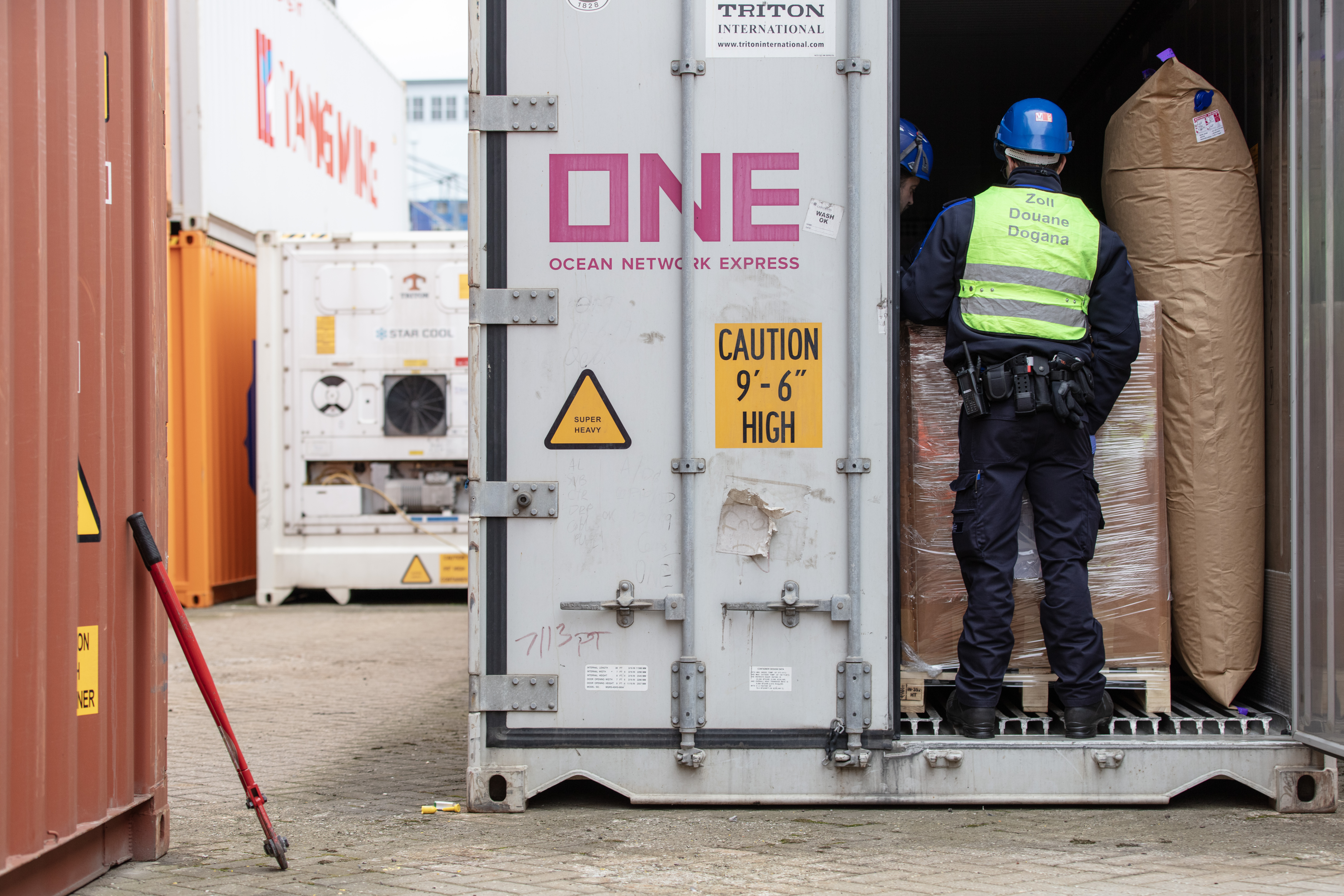
The Swiss city of Basel and its ports on the River Rhine are one of the access points for the vast amounts of cocaine arriving through the major Northern European seaports. SWI swissinfo.ch watches a customs control team in action.
There are no boats in sight on the Rhine. Rippled by a biting wind, the river today belongs to the seagulls. At midday, a single cargo ship dropped anchor at the port of Kleinhüningen in Basel, on the border with France and Germany. The vessel had set off from Rotterdam, heading upstream with its load of 59 containers.
Kleinhüningen – together with Birsfelden and Muttenz – is one of the three Rhine ports on Swiss territory. They are the national transport hub in the freight corridor between Rotterdam and Basel, as well as the main centres for the transshipment of goods from water to road or rail. In 2023, nearly 5,000 vessels carrying some 120,000 containersExternal link docked at these ports.
Kitted out with helmets and reflective vests, we are visiting the port with a deployment team from the Federal Office for Customs and Border Security. Our guide is Ioannis, head of the Basel customs control team, whom we can refer to only by his first name.
“Most of the containers have already been unloaded from the cargo ship and deposited on the quay,” Ioannis explains. While we walk to the terminal, two of his colleagues enter the transshipment area, informing the port managers of their intention to inspect three containers: two from China and one from Taiwan.
Needle in a haystack
The customs and border security officers’ job is rather like looking for a needle in a haystack. There is no way they can inspect all the containers that pass through the Basel ports, which handled between five and six million tonnes of goods in 2023.
“Only a small part of the imports can actually be checked,” Ioannis admits. “The inspections are carried out in a targeted manner based on the information we have.”
In recent years, Europe, and thus also Switzerland, has been flooded with ever-growing quantities of cocaine. According to the 2023 European Drug ReportExternal link by the European Monitoring Centre for Drugs and Drug Addiction, a record 303 tonnes of cocaine were seized by EU member states in 2021, up from 211 tonnes in 2020.
Large-scale drug trafficking takes place mainly by means of containers. In Antwerp alone, Europe’s second-largest seaport, 116 tonnes of cocaine were seized last year. The authorities estimate that they intercepted only 10% to 20% of the imported drugs. Roughly calculated, this means that between 3,000 and 6,000 tonnes of cocaine were sold in Europe in 2021. In 2023, the snowfall of white powder was even heavier.
“To import drugs into Europe, smugglers use the rip-on/rip-off method,” Ioannis explains. This technique, which is the latest trend among drug traffickers, works as follows: at the port of departure, for instance Guayaquil in Ecuador, a container of bananas is illegally opened to hide a bag full of drugs inside. Immediately afterwards, it is closed again using stolen or 3D-printed lead seals, making the tampering difficult to detect. At the port of Rotterdam, the container is re-opened by a network of accomplices.
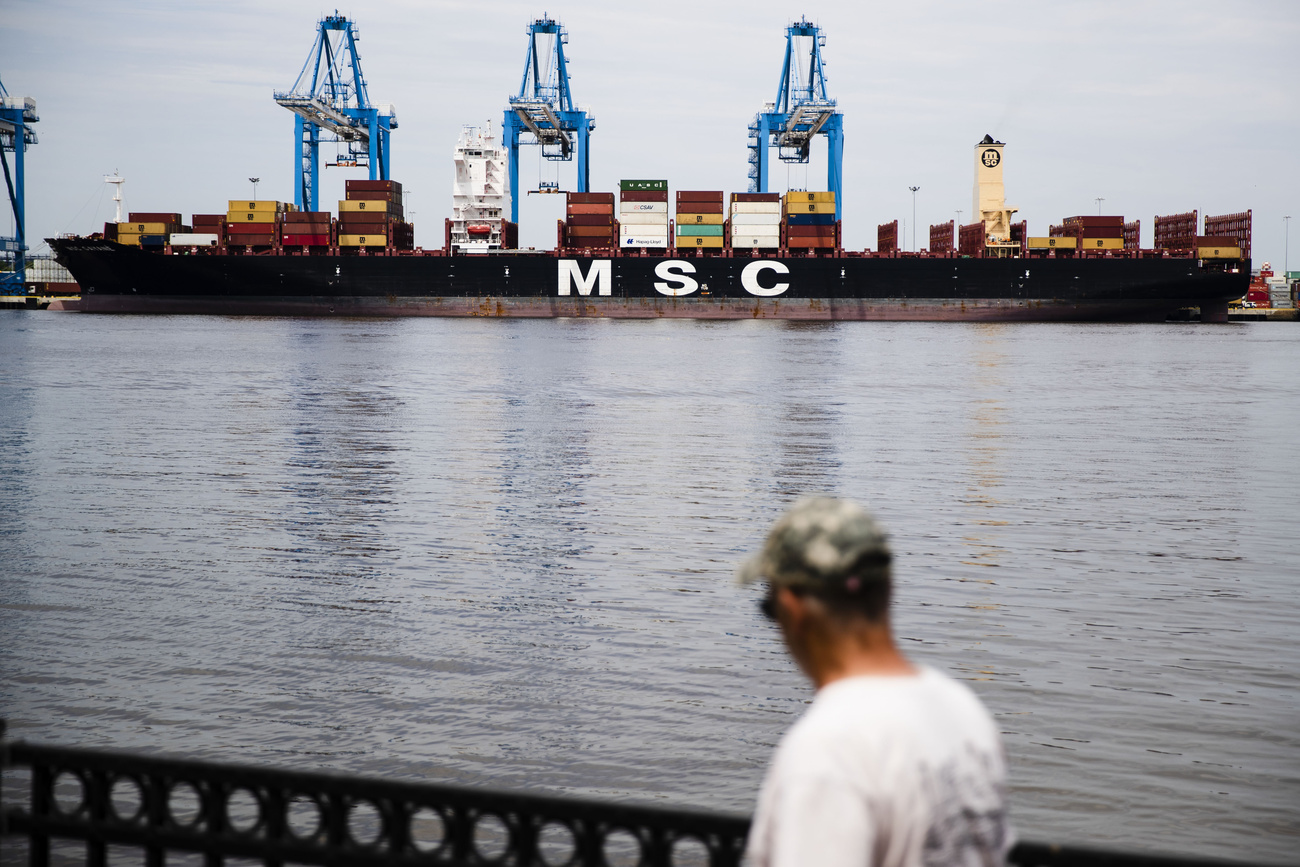
More
‘Movie-plot’ cocaine case highlights shipping industry drug problem
“The couriers usually reach Switzerland by road,” says an expert in organised crime from the Federal Office of Police (Fedpol), whom we met in Zurich. The gangs active in the Netherlands prefer to leave transport to Basel to other groups, he says. The drugs thus change hands several times along the supply chain. “If it’s a big shipment, the traffickers travel in convoys to keep an eye out for controls along the way.”
The widespread distribution of cocaine in Switzerland is in the hands of criminal organisations, including ones from the Balkans. The ‘Ndrangheta focuses mainly on large-scale drug importation into Europe, partly orchestrating its operations from Switzerland. Other smaller groups, such as Turkish-Kurdish networks, are also active. These criminal networks, contrary to what was previously thought, tend to work together rather than operating as isolated entities, replacing the old vision of impenetrable clans.
Cocaine is imported into Switzerland by various means. Some couriers swallow up to half a kilo of the substance before boarding a plane, while others try to evade airport controls by hiding up to 20 kilos in their suitcases. Drugs are also transported overland from the major European ports, concealed in false bottoms or other ingenious hidey-holes in cars and lorries. Large shipments are often smuggled in vehicle convoys to avoid random checkpoints. Containerised importation by cargo vessel is rather the exception, with traffickers preferring to transport cocaine by road since there is little risk of border controls between the Netherlands and Switzerland.
Cheaper than a cocktail
At Kleinhüningen port on an early February afternoon, the control team is not only checking for compliance with foodstuffs legislation and the correct declaration of goods, but it is also doing rapid tests to detect the presence of drugs in containers.
“We use cotton swabs, like the ones used for Covid tests, which we run along the inside walls of the containers,” our guide Ioannis says. The container from Taiwan, which was opened after a dock worker cut the seal, contains asparagus and bamboo shoots. After careful inspection of a package, and since the tester does not indicate the presence of drugs, the two doors are closed and sealed again, allowing the goods to continue on their way.
The Federal Office for Customs and Border Security says it intercepted 1.09 tonnes of drugs in 2022, reflecting a significant increase in cocaine seizures. Of the almost 600 kilograms of the substance discovered last year, around 500 kilograms was confiscated in a single police operation, when half a tonne of cocaine was discovered at the Nespresso factory in Romont in western Switzerland. The drugs were hidden in a container full of coffee from Brazil, which, after stopping in Antwerp, had continued its journey by train to a logistics centre in Basel, from where it finally reached the Nestlé factory.
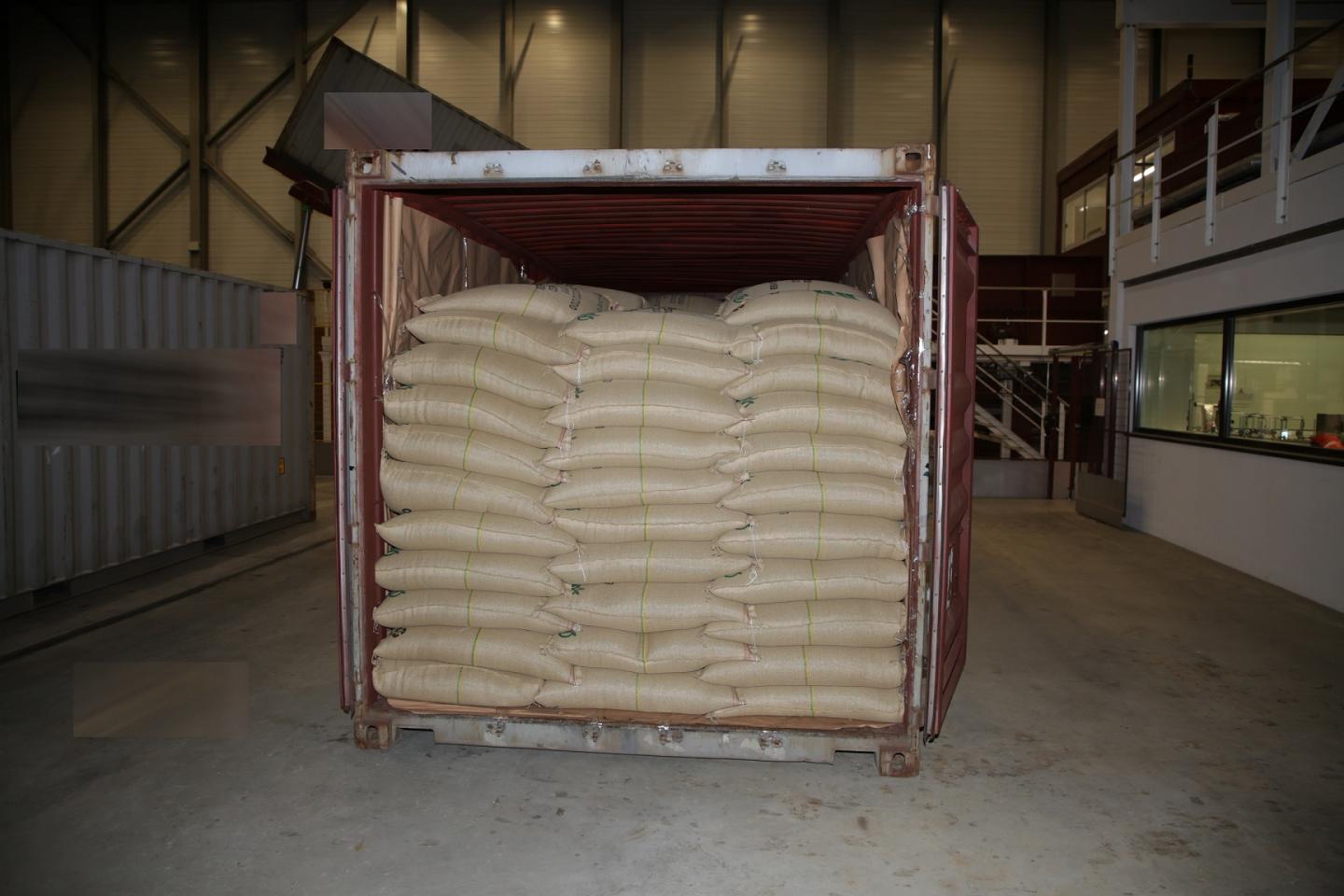
More
Swiss detectives follow trail of cocaine seized at Nespresso factory
According to a 2018 statistic, five tonnes of cocaine are consumed annually in Switzerland. It is the most widely consumed drug after cannabis. In 2022, 1% of the population admitted to having used cocaine, a figure that is not particularly surprising given the growing popularity of the substance. Cocaine is widespread in all social contexts, even at village festivals, partly because its price is within reach of almost all wallets: a gram costs under CHF100 while a snort is less than a cocktail at a fashionable nightclub. What’s more, it’s 70% to 80% pure.
Switzerland as a logistics hub
Between 2012 and 2022, cocaine use in Switzerland more than doubled. This has been demonstrated by analyses of wastewater carried out by the Federal Institute of Aquatic Science and Technology, EAWAG. According to monitoringExternal link in a hundred European cities in 2022, three Swiss cities were among the top ten for cocaine consumption: Zurich (5th place), Basel (6th) and Geneva (8th).
The turnover generated by cocaine in Switzerland is estimated at around CHF500 million. This is, of course, rich pickings for organised crime. “Switzerland used to be considered a safe haven for laundering the proceeds of drug trafficking and an important sales market, perhaps the most attractive in Europe,” the Fedpol expert explains.
“However, recent investigations confirm that, for several years now, Switzerland has also become a base for key players in international drug trafficking. These developments show that such people, operating from our country, manage the import and distribution of cocaine on a large scale, extending their operations beyond the national borders.”
A case in point was the arrest in Zurich in 2022 of Flor Bressers, one of Europe’s most wanted criminals, known in Belgium as the “cocaine king”. His presence in Switzerland was a wake-up call for the federal police, a clear indication that high-profile criminals consider the country a safe place to continue managing their affairs.
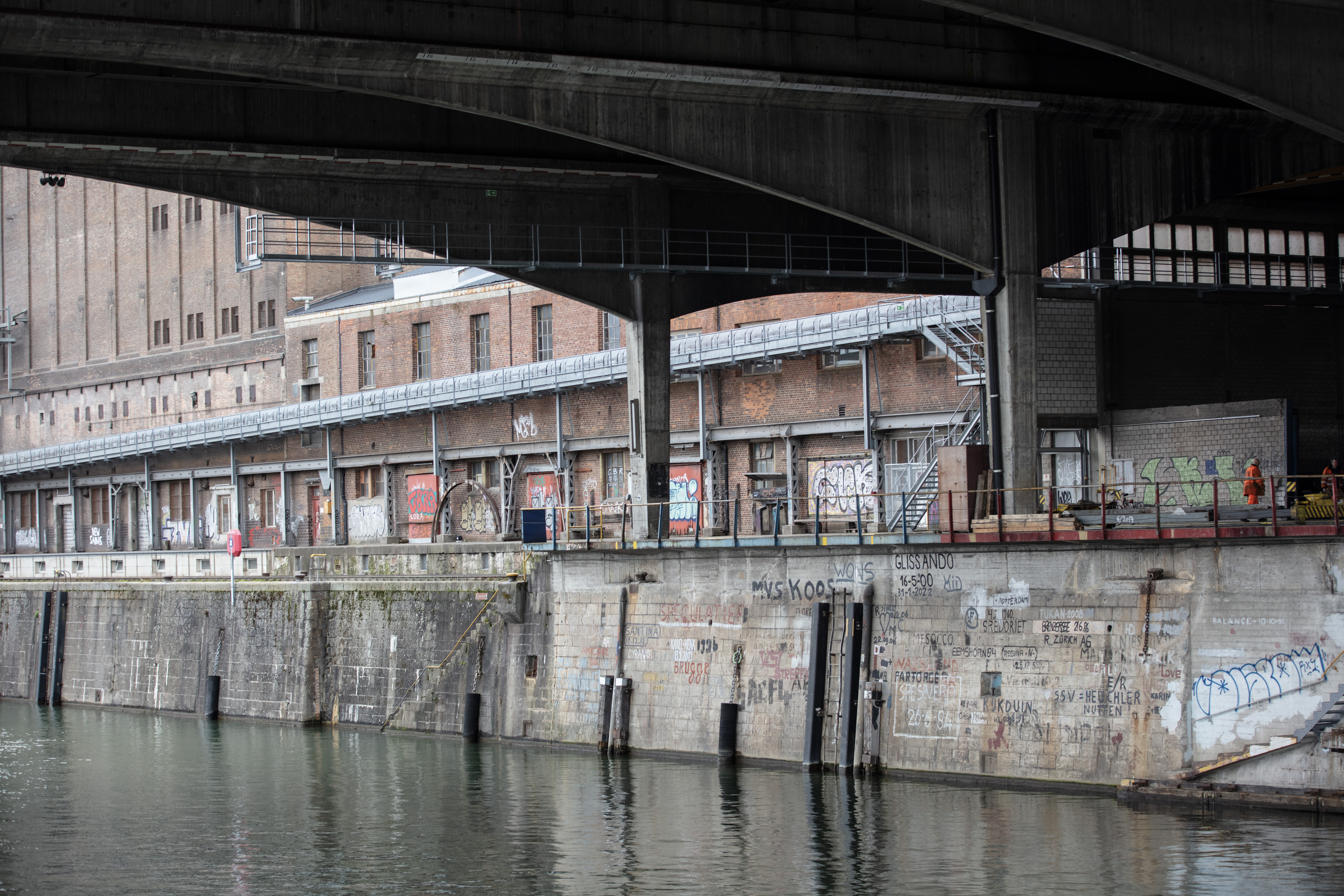
As noted in a Fedpol planning documentExternal link for 2024 to 2027, international drug trafficking is the core business of organised crime. The ‘Ndrangheta is one of the most active criminal groups in Switzerland. Thanks to its well-established and extensive network, it imports cocaine on a large scale, communicating through encrypted messaging services, such as Sky ECCExternal link.
Criminal organisations originating from the Balkans, meanwhile, are mainly involved in distribution and direct sales on the ground. This cooperation between different groups takes place without any particular conflicts or gang wars, as there is enough pie to go round for everybody – despite a recent spike in murders
After a steady decline in the murder rate, Switzerland is now witnessing a worrying rise in violent deaths. These are linked not to domestic violence but to criminal activities, as exemplified by the murder of a man with criminal connections on Zurich’s Langstrasse. According to crime statistics data for 2022External link, published by the Federal Statistical Office, acts of serious violence increased by more than 16.9% compared to the previous year, the highest percentage rise since 2009, when such data began to be disclosed.
These appear to be sporadic incidents, yet experience shows that criminal organisations could well be behind these acts. Determining the truth requires intensive investigation, says an expert from the Federal Office of Police. In any case, attracting attention through murders is bad for business – also in the criminal world.
“Our goal is to disrupt the large criminal networks, making life difficult and less safe for them in Switzerland,” the Fedpol expert says.
But let’s get back to the port of Kleinhüningen, where the control team is expertly continuing its inspection. Ioannis’s team has checked three containers and discovered a false declaration worth around CHF3,000. As for drugs, they have discovered nothing suspicious that could justify further scrutiny, such as the use of sniffer dogs or cargo scanning to search for goods concealed in secret compartments. The checks in Basel are over for today. The control team leaves the transshipment area. The cold gusts of wind are once more the sole masters of the quay, while the leaden sky is crisscrossed with the playful flight of seagulls, and the air filled with their shrill calls.
Edited by Marc Leutenegger. Adapted from Italian by Julia Bassam.
Do you want to read our weekly top stories? Subscribe here.

In compliance with the JTI standards
More: SWI swissinfo.ch certified by the Journalism Trust Initiative
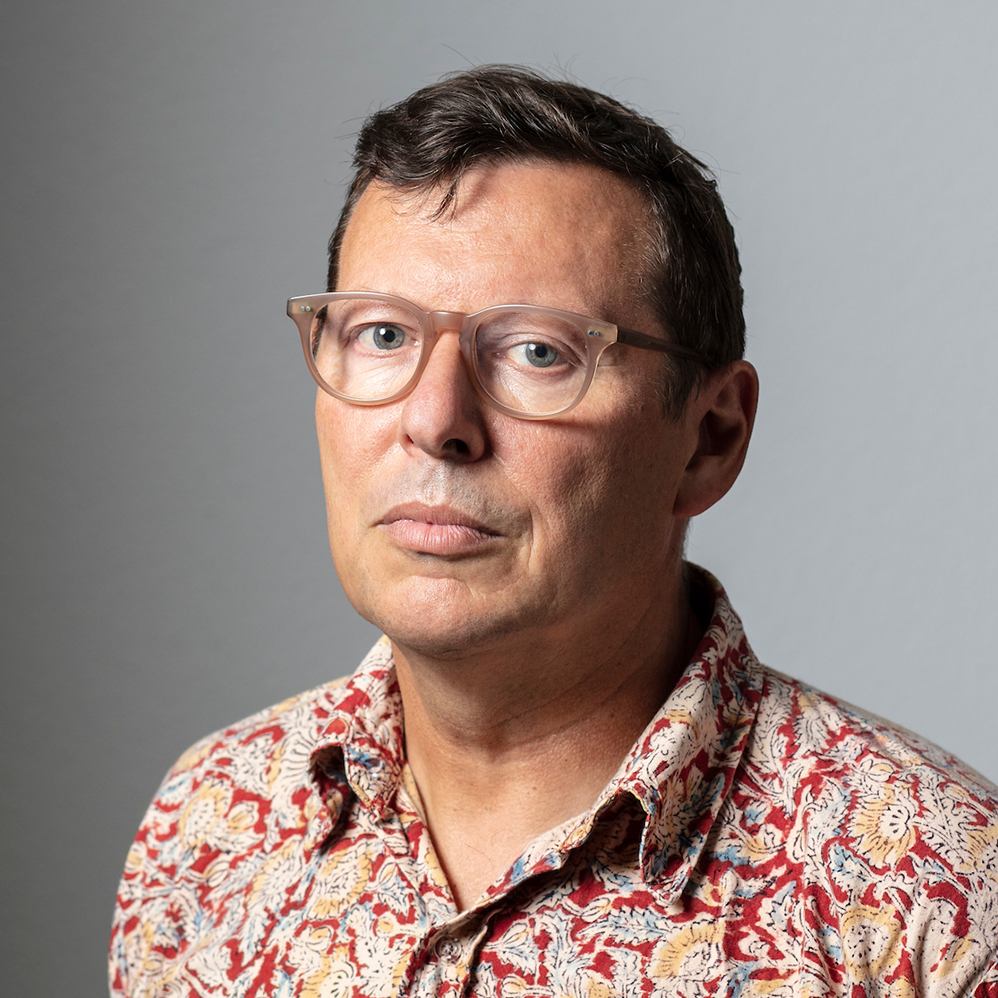












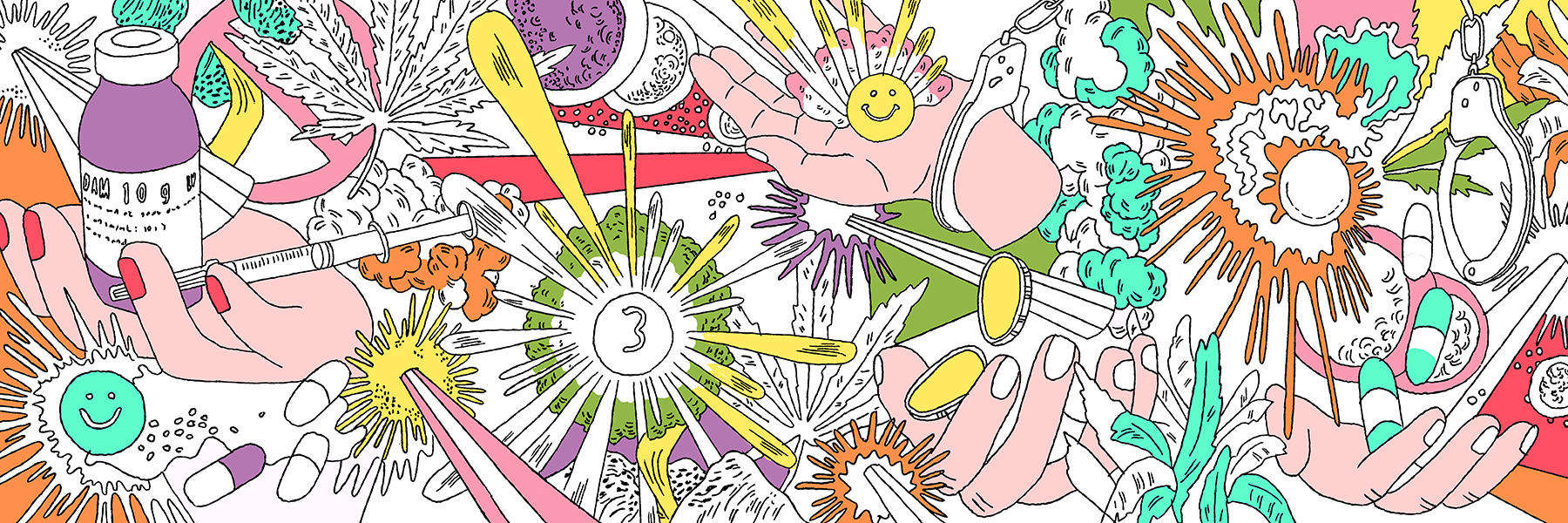
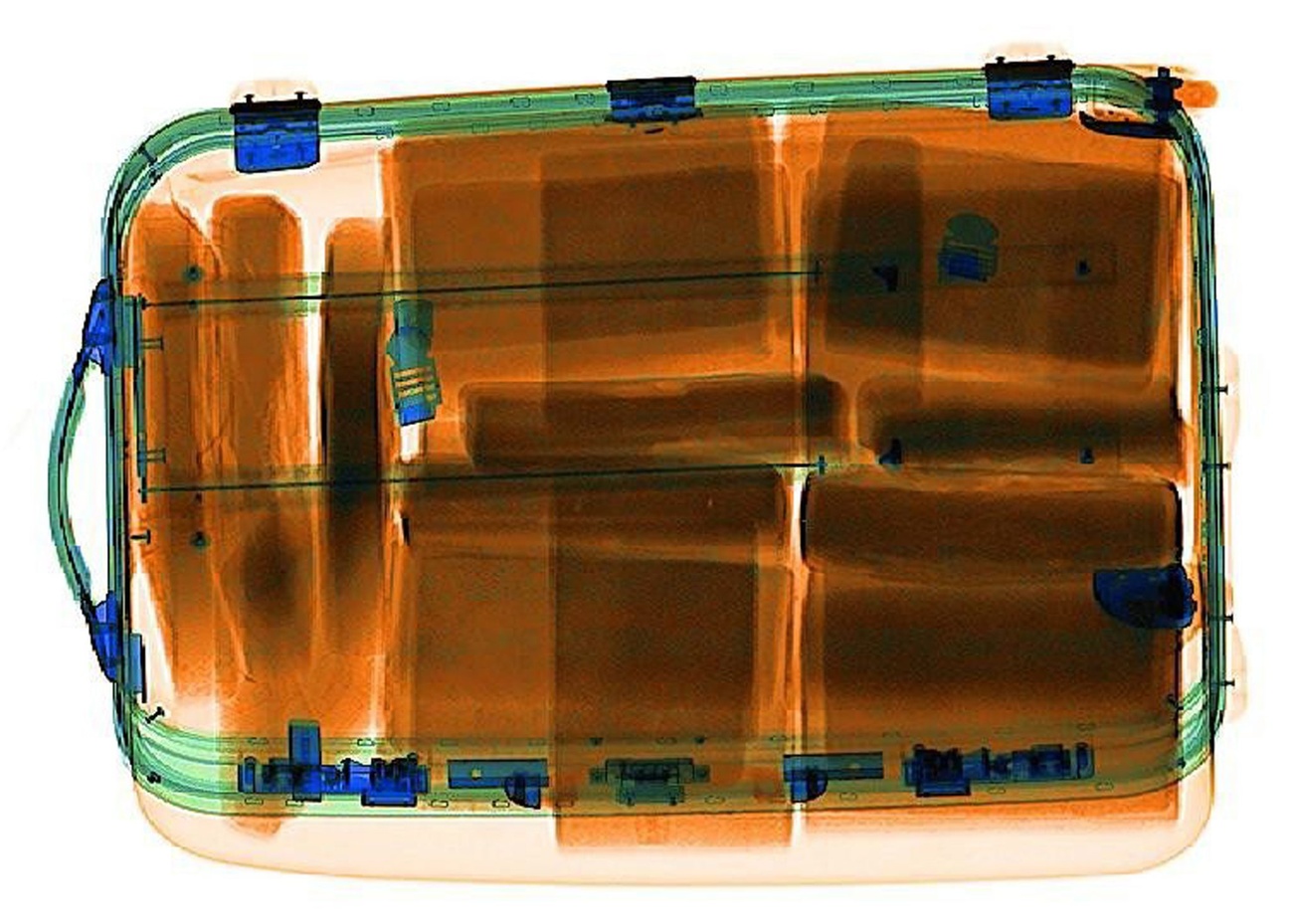
You can find an overview of ongoing debates with our journalists here . Please join us!
If you want to start a conversation about a topic raised in this article or want to report factual errors, email us at english@swissinfo.ch.